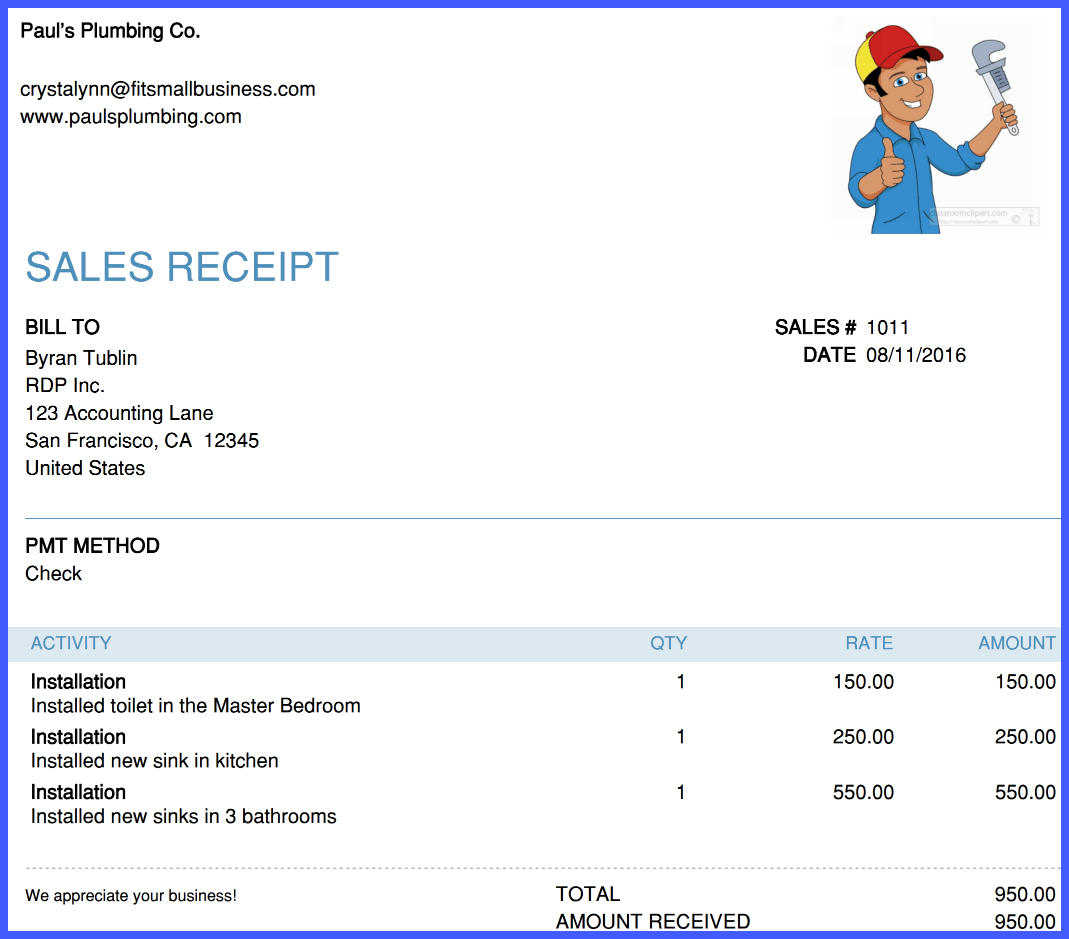

Such suppliers are looking for partners that would eventually acquire the entire business. This has a massive impact on the overall value chain, so that some component suppliers may seek to divest from certain activities over the longer term.

In the automotive sector, there is ongoing restructuring with the shift from combustion engines to electric vehicles. Equally, well-established companies may seek to establish close partnering relationships with start-ups before their valuation hits the roof. We see, as one example, that start-ups with a great business model or technology whose founders are not yet ready to let go may still be willing to scale up with a well-established manufacturing partner. Why do business leaders choose to partner versus acquire or sell?Ĭlaire: Reasons and motivations differ. They are frequently used together, either in parallel or sequentially, as part of an overall strategy. One other point I would emphasize is that these structures are not mutually exclusive. Another form we see, especially as an early step, is a licensing or collaboration agreement, where a legal contract governs scope, geography, usage, ownership, etc., and may include co-working on specified developments. This cooperation is sometimes underpinned by cross-shareholdings and / or specific scope of work contracts. The new JV entity operates “as one.” Legal obligations are undertaken by both shareholders.Įmma: By contrast, non-equity JVs or strategic alliances have no separate legal entity partners retain parallel organizations, brands, etc., and parties cooperate for mutual benefit in defined areas. Equity JVs are separate legal entities, with equity shared based on relative partner contributions and with prescribed scope, governance and voting rights.
#RICH TEXT CLAIRE AND EMMA PLUS#
Minority investments (sometimes used as a mechanism to learn about a new market / technology or to strengthen an ongoing collaborative relationship) involve acquiring a non-controlling stake (less than 50%) in a business in exchange for capital, plus typically one board seat and minority interest protections. What are some of the standard types of joint ventures and partnering?Ĭlaire: These will take different shapes and forms, depending on the purpose of the collaboration and how much independence is required by the partners. But JV&Ps have now extended to many sectors and are being used very creatively, as an alternative means of growth or restructuring. Corporates and investors often think about large JVs in, for example, oil and gas or minerals.

It may be access to a new technology, distribution channel, geography, resources, capital, disengaging from activities progressively or even pooling assets and infrastructures.
#RICH TEXT CLAIRE AND EMMA DRIVER#
Though there is always a motivation to partner, the driver behind this motivation can differ. There are different structures, but the concept of a JV is about collaborating in partnership where one plus one equals three and people are trying to create a new or better business by combining in some way.Ĭlaire Heuberger: Indeed. In our latest Q&A, Emma Blackley and Claire Heuberger, Directors in Lincoln’s joint ventures and partnering practice, share insights on a range of structure options and some associated common pitfalls.Įmma Blackley: This is often used as a catch-all term for a form of collaboration between businesses which involves two or more companies working together to deliver on a specific business opportunity. Wise investors and creative mergers and acquisitions (M&A) teams are aware of and are seriously considering these alternative, lower-investment structures. This is particularly the case in challenging and uncertain environments, such as COVID-19, inflation and a foreseen recession. JV&P is increasingly considered a creative tool and alternative structure that enables parties to grow, restructure a portfolio of activities, access technologies, disrupt adjacent sectors and achieve overall strategic goals. They were also a common mechanism used for expansion into emerging markets. Traditionally, joint ventures and partnering (JV&P) were the preserve of capital-intensive industries such as oil and gas or aerospace and defense. Joint Ventures & Partnering: Q&A with Lincoln Directors Emma Blackley and Claire Heuberger


 0 kommentar(er)
0 kommentar(er)
